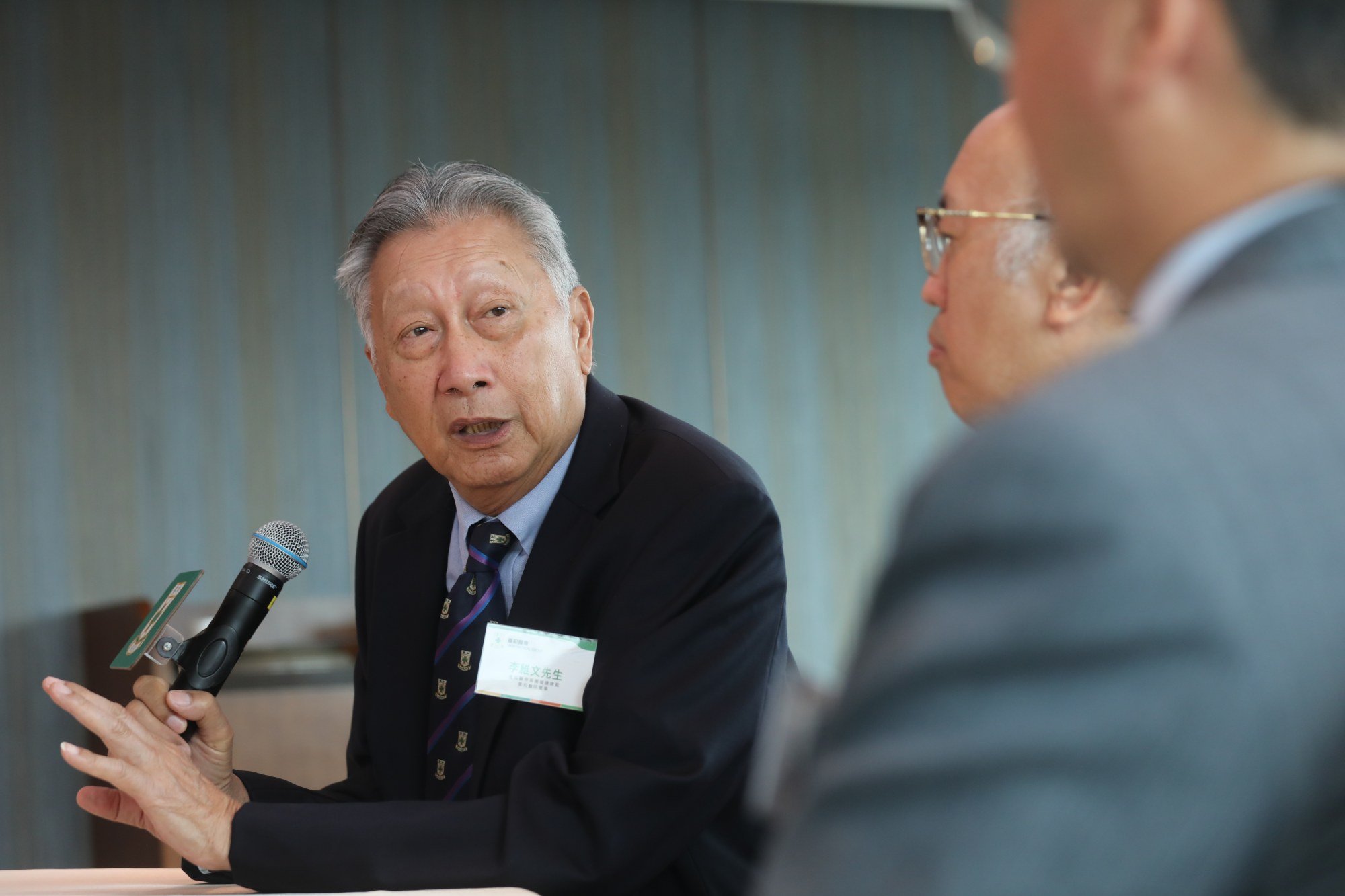
Hong Kong hospital opens city’s first proton therapy centre offering more targeted treatment for cancer
- Treatment allows doctors to increase radiation to tumours with minimal effect on healthy tissue
- Costlier than traditional X-ray treatment, proton therapy is available at HK$293,100 to HK$613,400
A private hospital has opened Hong Kong’s first proton therapy centre, offering cancer patients an alternative treatment promising higher precision and fewer side effects.
The Hong Kong Sanatorium and Hospital (HKSH) said a woman with breast cancer was the first patient at its new centre in Shau Kei Wan last week.
Professor William Wong Wai-ling, guest consultant for the treatment, said proton beams minimised the dose of radiation to healthy tissues unaffected by cancer better than X-ray treatment – the most common type of radiation therapy.

“Proton beams penetrate the body to a certain depth. How far they go depends on their energy and then they stop,” he told the press last Tuesday.
“X-rays don’t stop. They go through and through, so X-rays will deliver a lot more radiation to the normal tissue.”
He said proton therapy allowed doctors to increase the dose of radiation to a tumour while minimising the effects on surrounding healthy tissue.
The new treatment costs more than traditional radiation therapy. The hospital’s proton therapy packages of 15 to 30 sessions, including for brain, breast and cervical cancer, are available at charges ranging from HK$293,100 to HK$613,400 (US$78,460).
There are 101 such centres in about 20 countries worldwide, with most in the United States.
New service gives Hong Kong women with cancer hope of having children in future
Wong, who is Hong Kong-born and based in the US, is chair of the Department of Radiation Oncology at the Mayo Clinic in Arizona, where proton therapy treatment has been available since 2016.
He said a patient’s suitability for proton therapy would depend on their situation.
“If you have a huge tumour, the advantages provided by proton therapy may not be as much as other kinds of treatments,” he said.
“But if you have a tumour near some important structures, such as in the brain, proton therapy will be a better choice to reduce radiation exposure to brain tissue.”
For a start, the centre is accepting adult patients only, and would start treating children only after it has gained enough experience.
Wong said the therapy was beneficial to children with cancer as it could protect other organs such as the brain or bones from unnecessary radiation, which could inhibit their physical and intellectual growth.

In the US, he said, 85 per cent of paediatric cancer patients survived long term, but about one in five died from chronic health conditions triggered by their cancer treatments.
The new centre occupies four floors of a stand-alone block. It has two proton therapy machines and is expected to officially open in December.
The proton therapy system includes a four-metre-wide synchrotron energy accelerator, a beam transport system that goes across two levels and two gantries held by two radiation-shielded bunker chambers.
The system and other supporting facilities such as plant rooms and power supply cabinets were fitted in three floors underground.
Wong described the facility as “an engineering miracle” because of the limited space, which meant the two gantries had to be built one on top of the other.
Hong Kong study reveals new way of treating lung cancer with gene-edited cells
“Basically it has huge magnets to direct the angle of the beam and it’s a huge machine,” he said. “The centre in Hong Kong actually is like a double-decker [bus]. When you look at it, it’s really very sophisticated engineering.”
HKSH director Wyman Li Wai-man said the hospital was grateful to the Mayo Clinic in Arizona for its support and almost all its therapists were trained there.
Dr Angus Leung Kwong-chuen, an oncologist in private practice, said proton therapy was more effective for some cancers and agreed that it prevented healthy organs from being exposed to radiation.

“For example, the lungs behind the breasts will be less affected if the proton beams entered the body from the skin,” he said.
He said he was told that proton therapy was about 60 per cent costlier than traditional radiotherapy. Before recommending the treatment, doctors would consider the advantages, the cost-effectiveness and whether patients could afford it.
For terminally ill patients, for example, X-ray therapy would be sufficient, he added.

